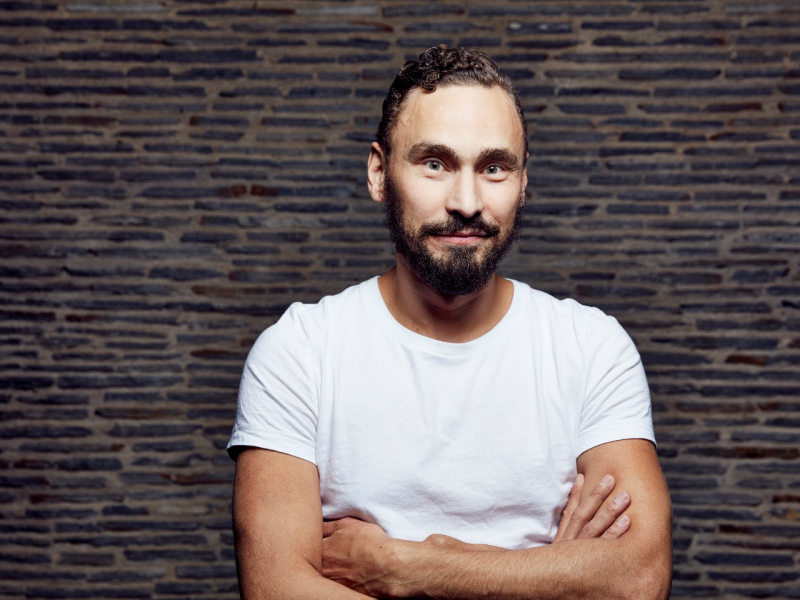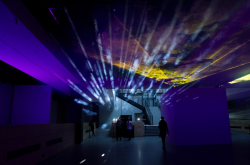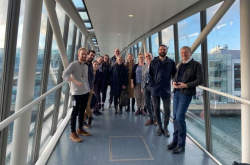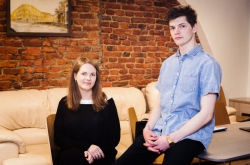Lighting Design Collective’s diverse team consists of lighting designers, programmers, and digital artists who have created world-class projects in more than 20 countries. This includes cultural, hospitality, trade, office, and multifunctional projects, as well as apartment buildings and landscape and infrastructural projects all over the world, from Madrid to Miami, from London to Mexico, and from Hong Kong to Helsinki.
Jari Vuorinen has worked on a number of acclaimed projects, among which are: lighting master plans for Helsinki (Finland), as well as the UPM HQ, Lauttasaari metro station, and Saudi Arabia Embassy in that city; the Novartis Shanghai Campus (China); a lighting design for Tallinn’s Old Town (Estonia); and a master plan for the Oaks urban development in Prague (the Czech Republic).
For this interview, we asked Jari Vuorinen to talk about the basic work principles and values of a lighting designer, his most interesting and complex projects, his methodology of working with space and light, his career path, and the future of lighting design. He has also shared his thoughts on working with students of the Lighting Design Master’s program, discussed his course, and gave some advice on how to become a successful specialist.
You’re a partner at Lighting Design Collective in Helsinki (Finland) and a specialist in the integration of high tech and digital technologies into architecture and construction using artistic tools. Your company has implemented many projects all over the world. Are there any basic principles or values that the team keeps in mind when choosing and creating the projects?
It’s a good question. We can’t always choose a project ourselves, sometimes we just need to work on what we’ve been given. We try to use different approaches. For example, we realize that there’s a standard, conventional, almost traditional approach to lighting. But we don’t always want to go with it, so we try to bring as new a vision as possible. At the same time, it’s not only about using new technologies, it’s also about fresh ideas on how we approach a project, make it valuable for the client, and meet their expectations.
I think our advantage is an organic approach. We’re good at not getting attached to ideas. We’re trying to aim higher, move forward, and correspond to our self-perception as opinion leaders. Time will show if that’s true. This gives us an opportunity to think about projects in different ways and keep reminding ourselves to ask “Why?”
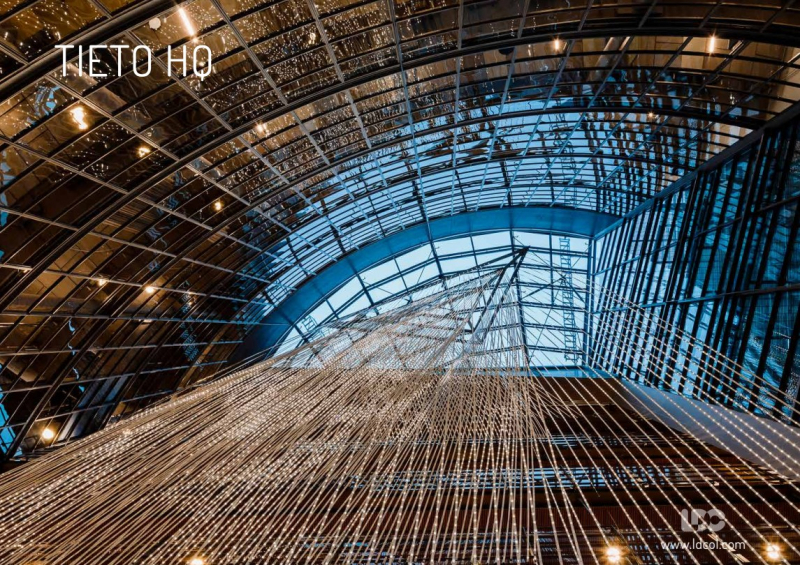
Tieto HQ in Espoo, lighting design by Lighting Design Collective. Credit: Lighting Design Collective's presentation.
You have completed a number of diverse and creative projects in lighting design, from individual artistic commissions to large trade, commercial, and cultural buildings. Which ones were most difficult or interesting to work on and why?
Many projects come with their own set of challenges and interesting features; many things are complex in their own way. On the other hand, you always aim for something that goes beyond the conventions of lighting and you need to be ready to solve problems: something might not be technically possible and some ideas can’t be implemented, so you need to reimagine them or let them go. All projects are complex and interesting in their own way, there’s always a challenge. For me as a designer, the hardest thing is to compromise, say no to my artistic ego, and think about what the client really wants. And then attempt to rethink a tough task and answer it in a way that’s accessible to everyone. That’s what adds both complexity and intrigue [into our work].
What projects in architectural lighting and lighting design are you working on right now? Do you have a specific methodology for working with space and light?
We work on different architectural levels. As for my style, it changes often (laughs). But for me, it’s important to talk about the emotional, not the technological aspects, because few people would understand what technologies you’re talking about. For example, when you’re talking about luxes, lumens, or AI, everyone hears it from their own perspective. But I try to make it understandable for everyone. It’s a skill of a non-egocentric person. And we all should work on it regardless of how technologically educated you are, how deeply you’re engaged in your profession, regardless of some very specific characteristics. If you can’t talk or express something in such a way that would allow everyone to understand you, you’re probably not understanding it either.
That’s the way I see it – lighting should be discussed as an experience, at the emotional level. For example, you can talk about circadian rhythms using specific terms but emotionally, it’s not a good approach. Instead, you can say that colors can be cold or warm – these words are emotional and everyone understands them: if we’re looking at something warm, it’s associated with coziness, atmosphere, and pleasant sensations. When we’re looking at something cold, it can be perceived as more official, neutral, and so on. That’s my personal approach – to always add an emotional element.
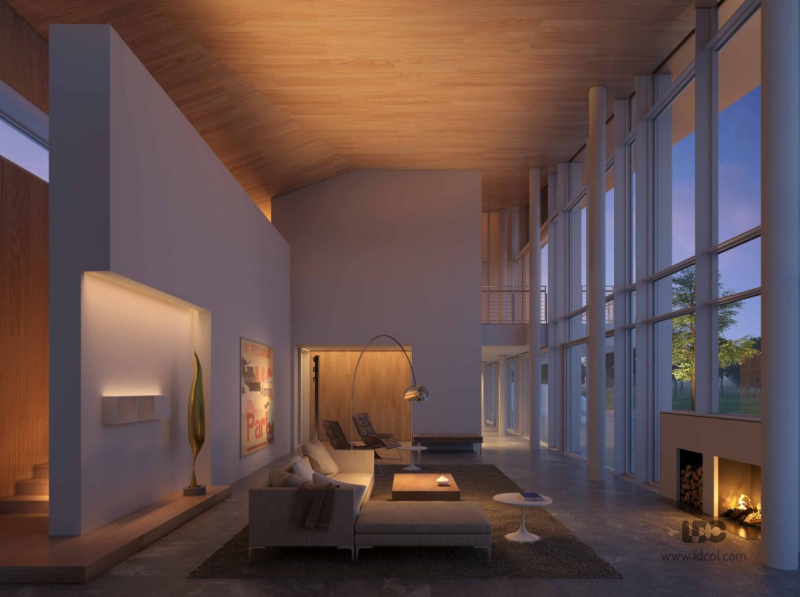
Oaks in Prague, lighting design by Lighting Design Collective. Credit: Lighting Design Collective's presentation.
This year, you delivered the course Problem-Based Approach to Lighting Design Projects to Master’s students of ITMO’s Lighting Design program. When did you first learn about this program and how did you meet its head, Natalya Bystryantseva?
I think this was back in 2016. I was invited to a conference hosted by ITMO University in St. Petersburg. That’s when I met Natalya Bystryantseva. I was very excited to see the student projects that were on display there. After that, I wanted to learn more about the Lighting Design program because it was different from what you see at other universities. Overall, there are two most notable programs in lighting design right now: one in St. Petersburg and one in Copenhagen.
Could you summarize this course? What was it about? What topics have you managed to cover?
We have preliminarily discussed the topics I wanted to cover with organizers. My approach was very open because I’m not a lecturer, professor, or scientist per se. That’s why I tried to keep it real. The topics we discussed were related to professional life: how to deal with project work, detect problems, and find solutions. Obviously, there are many ways to do that, but I wanted to share my vision and approach.
What professional skills and competencies was this course focused on? How does it help students better understand their field of studies?
The course was mostly focused on understanding the challenges and problems of project work, as well as how to solve them. For example, how to identify the needs of different stakeholders, find out what they need, and give them that. The topics that we discussed were very diverse and I would like to note that the students asked many great relevant questions.
I hope my course will help them in their careers. I think the main idea I tried to convey was to always ask “Why?” When you’re moving forward or starting work on a new project, you should ask yourself: why do we need to light it? Is it worthy of being lighted? Then you scale these questions up and find answers.
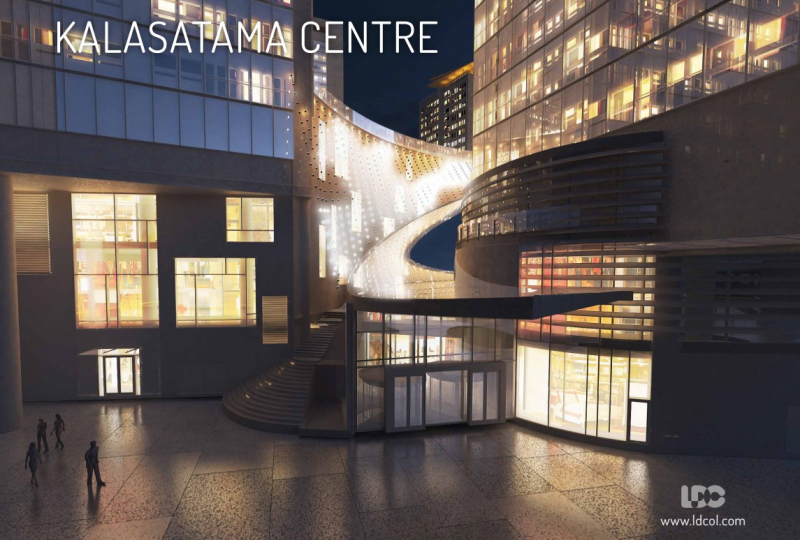
Kalasatama in Helsinki, lighting design by Lighting Design Collective. Credit: Lighting Design Collective's presentation.
What are your impressions of working with ITMO students? Did the communication go well? Are you satisfied?
What surprised me is that the course was in English. I mean, it was great to have a common language to speak and establish a connection through. Unfortunately, I don’t speak Russian at all. It was very nice to see and feel local people talking and asking questions in English, so overall we communicated very well.
It’s very important for me to talk to people who are taking their first steps as lighting designers and try to see their point of view, their idea of this field, and their thoughts on it. It’s a very broad subject for discussion: who lighting designers really are and what they do.
Another highlight was successful two-way communication. And of course, I would like to note the quality of all student projects, their ideas and thinking. When I think about my time as a student in the ‘90s, I am pleased to see that the world really changes and develops a lot.
You have around 19 years of experience in the field of lighting design. You majored in lighting design. How did you enter this field? Why did you get into lighting design and how did it become your profession?
Good question. How did I start in this really fascinating field? By accident. I was studying photography and videography and then switched to doing lighting for cultural and other events, cinematic lighting, and then mostly focused on architecture.
Several years ago I heard about an eight-year-old boy who wanted to become a lighting designer. For me it was a big surprise because my career hasn’t been like a straight line, it’s been a zigzag. That’s why it’s very interesting to hear that some young people would like to be lighting designers and we are once again asking – why? Why do they? It’s really nice that they do, it’s really interesting. I guess that’s all I can say.
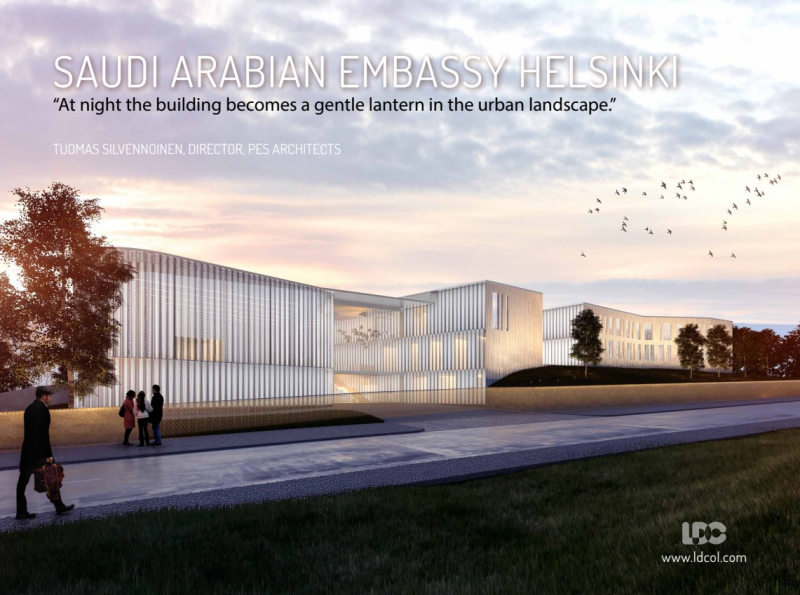
Saudi Arabian embassy in Helsinki, lighting design by Lighting Design Collective. Credit: Lighting Design Collective's presentation.
On the global scale, how promising is your profession?
When you’re asking a lighting designer that, you expect to hear “It’s really important and promising.” But what if we imagine a future where technologies will allow us to stop using lighting at all? What if one day, we’ll be able to walk in darkness and still see everything? What will we need lighting designers for then? Well, even in this case, we might need them in virtual reality and similar things. So I don’t know, time will tell.
I’ve been working as a lighting designer for almost 20 years and today there are so many things in the world that no one could even imagine 10 years ago. For example, light-emitting diodes. There will always be new technological achievements, but it’s important how you apply them in your daily life and how you predict the future. Are you just trying to predict something in the hope that you’ll be able to catch on to something, or do you focus on implementing cutting-edge inventions? Even though our company is focused on creating innovation, many other designers don’t do that. I don’t have the answer to this question. I would like to see what will happen to the lighting design trade myself.
Could you give some tips to our students? What skills and competencies are important in this field?
You might have a hard time getting wise words out of Mr. Jari Vuorinen (laughs). Be unbiased. I mean, I won’t be talking about technical tools and opportunities, because you already know about those. Profound expertise in such tools is what you need if you’re working in architecture, for example. However, if you would like to be a lighting designer, remember that you shouldn’t get too deeply into technicalities. Don’t start with the technical aspect. First, ask “Why?” Ask simple questions. We’re always using someone else’s experience: I saw many great orators talk about lighting in an inspiring way and they didn’t even mention the technologies. Most of their talks were emotional and understandable.
Focus on improving communication. From my experience, if a mistake of sorts appears, it’s often a consequence of bad communication: you either didn’t understand the client, or they didn’t understand you; your team didn’t understand you, or you didn’t understand them. All failures in human interaction are related to communication. So stay unbiased, always ask “Why?” and don’t pretend to be someone else, be yourself. That’s my advice.
